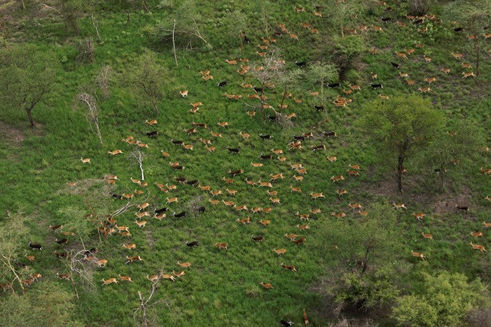
EXPEDITION WILD

Expeditions in the pipeline
Here's whats on our radar!
A lot of what we do is trying to get access into these remote and often less traveled areas, it's not easy and often comes down to who you know rather than what you know, but not surprising though very few people actually ask and we have been pleasantly surprise by the support we have been given.
There is no place we can't go, only the places we haven't been to yet.
South Sudan
The home of the second largest migration of large herbivores in Africa second only to the Serengeti wildebeest migration, although there is speculation that this region in South Sudan might be home to possibly a larger and greater movement of animals than currently estimated but only time will tell if they survive long enough for us to understand the scale and complexity of this migration.
This migration is primarily made up of white-eared kob, with an estimated population of between 800 000 - 1,2 million that move west/ east from the Ethiopian boarder to the Nile River but they are not alone; the Tiang who's north/ south migration add an additional 125 000 - 200 000 animals move along the edge of the Sudd, the Nile wetland area that fortunately still supports viable populations of elephants, buffalo and other other animals.
Image credits: https://www.facebook.com/SouthSudanTheBeautiful/
The Congo Basin
This region has many unexplored valleys, waterways and isolated pristine wilderness areas waiting to be explored. The region is difficult to access and the lack of information is just part of the challenge but the few expeditions we have done into this region have been exciting and very positive from a conservation perspective.
We are in contact with a number of dedicated conservationist in this region who share our enthusiasm but the reality is this region is very expensive to explore, and as Rod Cassidy said to me, "only those really interested actually come". We have a potential walking expedition from Dzanga-Sangha down to Nouabalé-Ndoki, a transect through a large section of primary forest, undisturbed. We also have access to local Ba'aka trackers, the little people of the forest, which I can tell you is a window into a world you can't describe in words and will be lost along with the most precious natural recourses we will only appreciate once they are gone.
If you only want to do one trip, this is it, the place that no one knows about, and probably no one you know has ever gone before.





